Founded by Camille Moncomble in 2018, the jewellery brand intrigues with its unique design. Meet an ultra-sensitive designer.
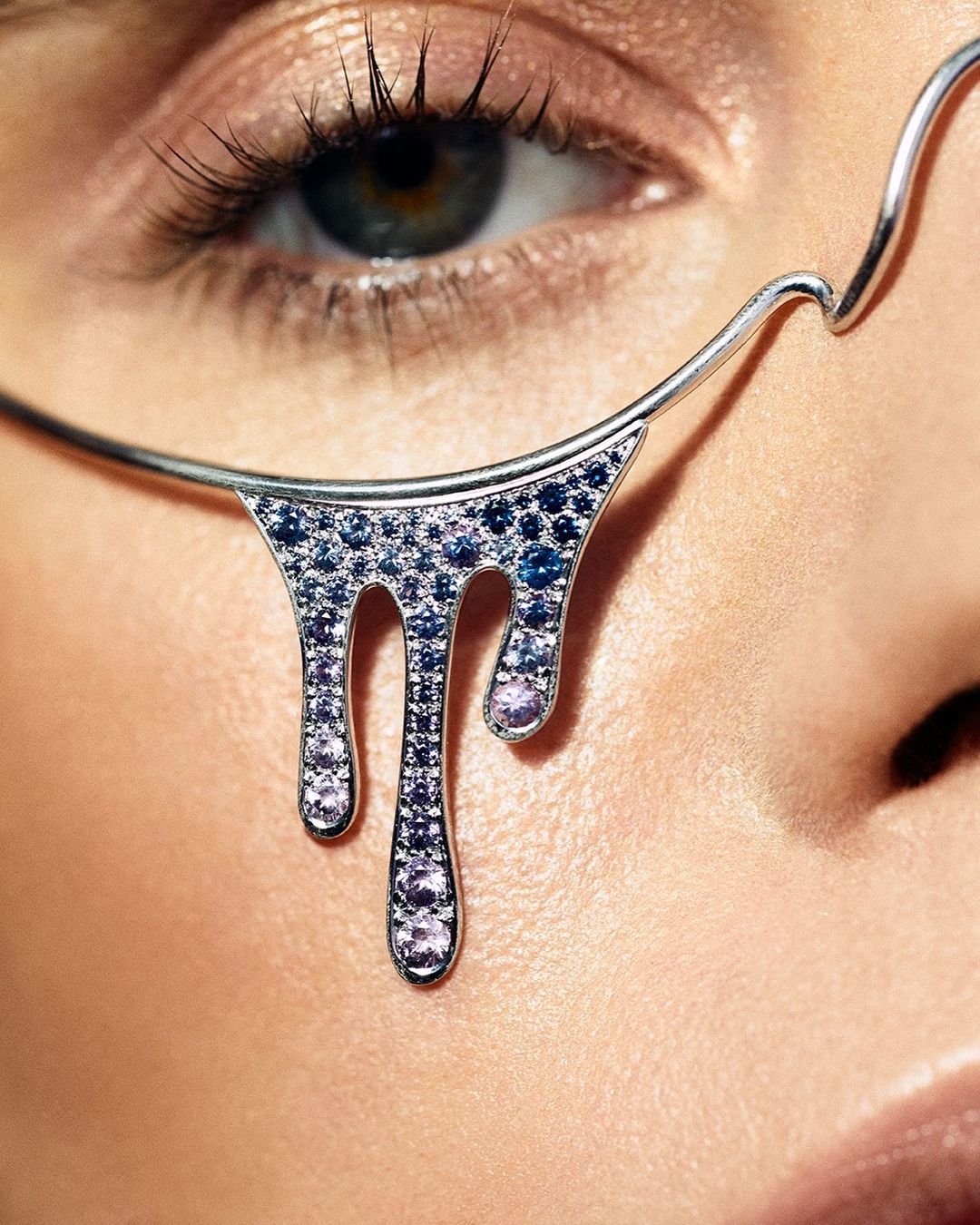
Famous for its utilitarian jackets worn by British fashionistas, Barbour has made a name for itself in fashion since it was founded in 1894.
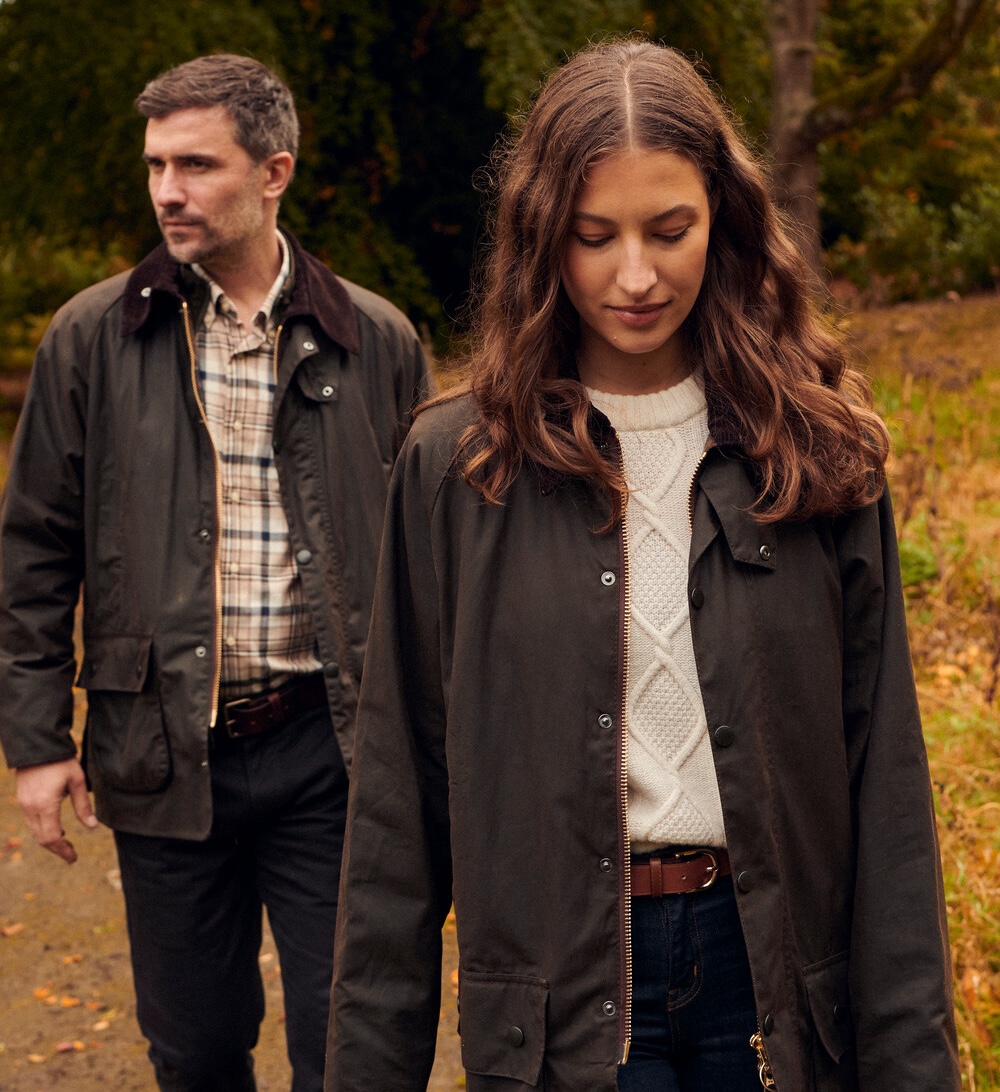
Initially a practical outdoor garment, it quickly found its way into the wardrobes of Alexa Chung, Lady Diana and Sienna Miller, becoming the symbol of the Barbour Way Of Life. A chic lifestyle, halfway between the countryside and the city, that has been constantly reinvented over the years.
At Who's Next, Barbour presents its women's collection. A range developed by the brand over the last few years, through ultra-desirable collaborations with Balzac, Chloé, Gucci or Alexa Chung. Today, Barbour is expanding this collection, transforming unisex into a women's wardrobe with knitwear and dresses - among others. From countrywear to citylife, Barbour juggles styles, always retaining the prestige of its heritage in each of its pieces.
In preparation for the brand's appearance at Who's Next, Antoine Tinel, Managing Director of The Lifestyle Company, tells us the Barbour story, from past to present and future.
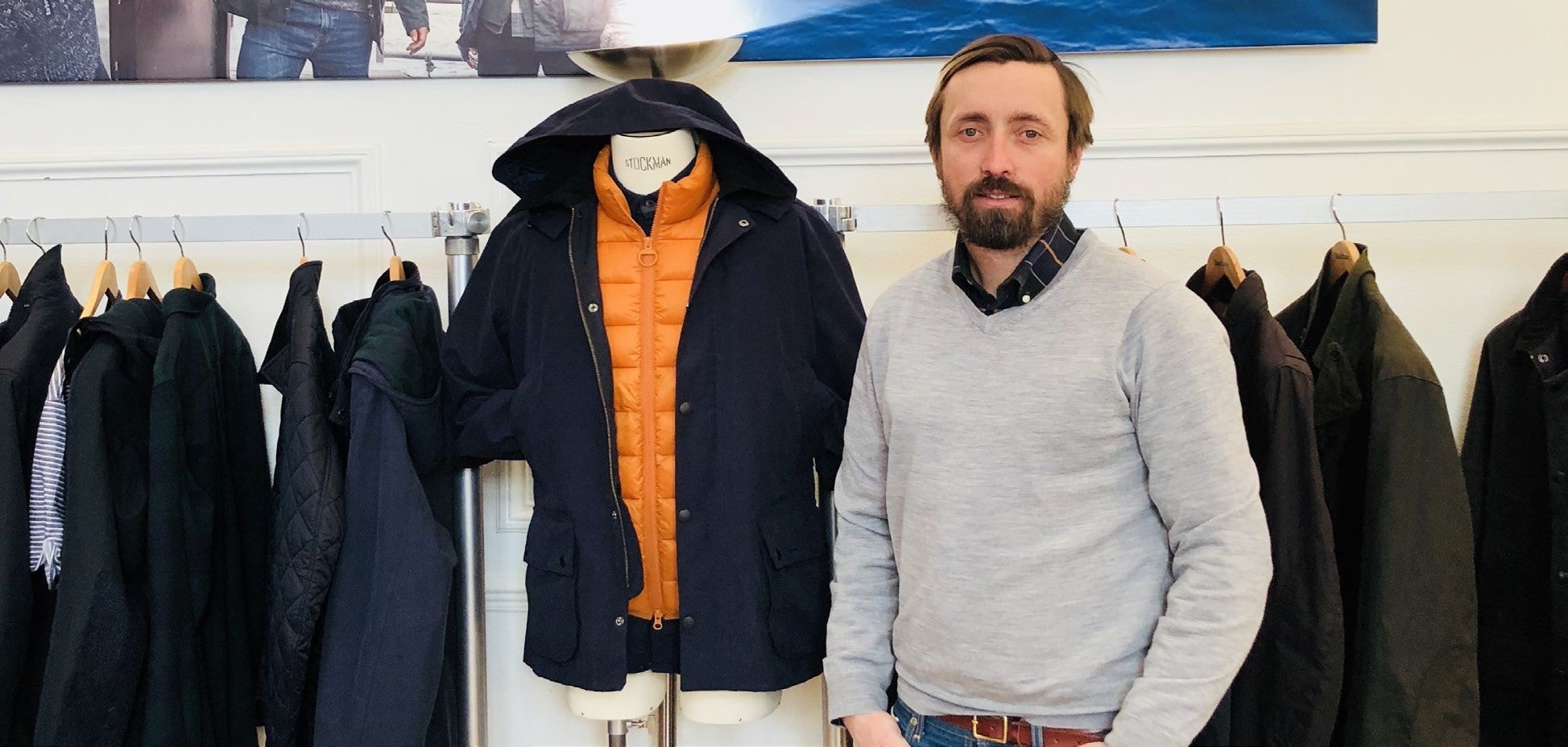
What is your role at Barbour?
We're in charge of the distribution and marketing strategy that underpins distribution. We work with the parent company to apply the strategy they draw up and organize in general, with some room for maneuver at the local level. Balzac, for example, is a local collaboration that is now part of an international strategy to expand into the women's world. Within this structure, I am responsible for the general management of The Lifestyle Company, for several brands and several functions, with a strong sales and marketing focus.
What can we expect from Barbour in 2024?
Barbour is a brand that has evolved considerably since its creation. First in the world of clothing, and over the last twenty years or so, with an increasingly broad wardrobe. More recently, we've been working on different market segments. For men, this means collaborations and collections designed for highly specialized, inspirational and aspirational boutiques. We also have a more masculine collection with a more countrywear wardrobe. Where we're going to have a few more novelties this year is in women's fashion. In recent years, we've had some very inspiring collaborations for women, notably with Chloé, Gucci and Alexa Chung. Today, women are becoming increasingly important at Barbour. Alexa Chung originally came in to do a collaboration, but now she's in charge of a whole part of the work on the collections. She's completely integrated into the creative process within the teams. For 2024, there will be many new collaborations, including, I can already announce, a season 2 of Balzac. There are many projects to come for 2024.
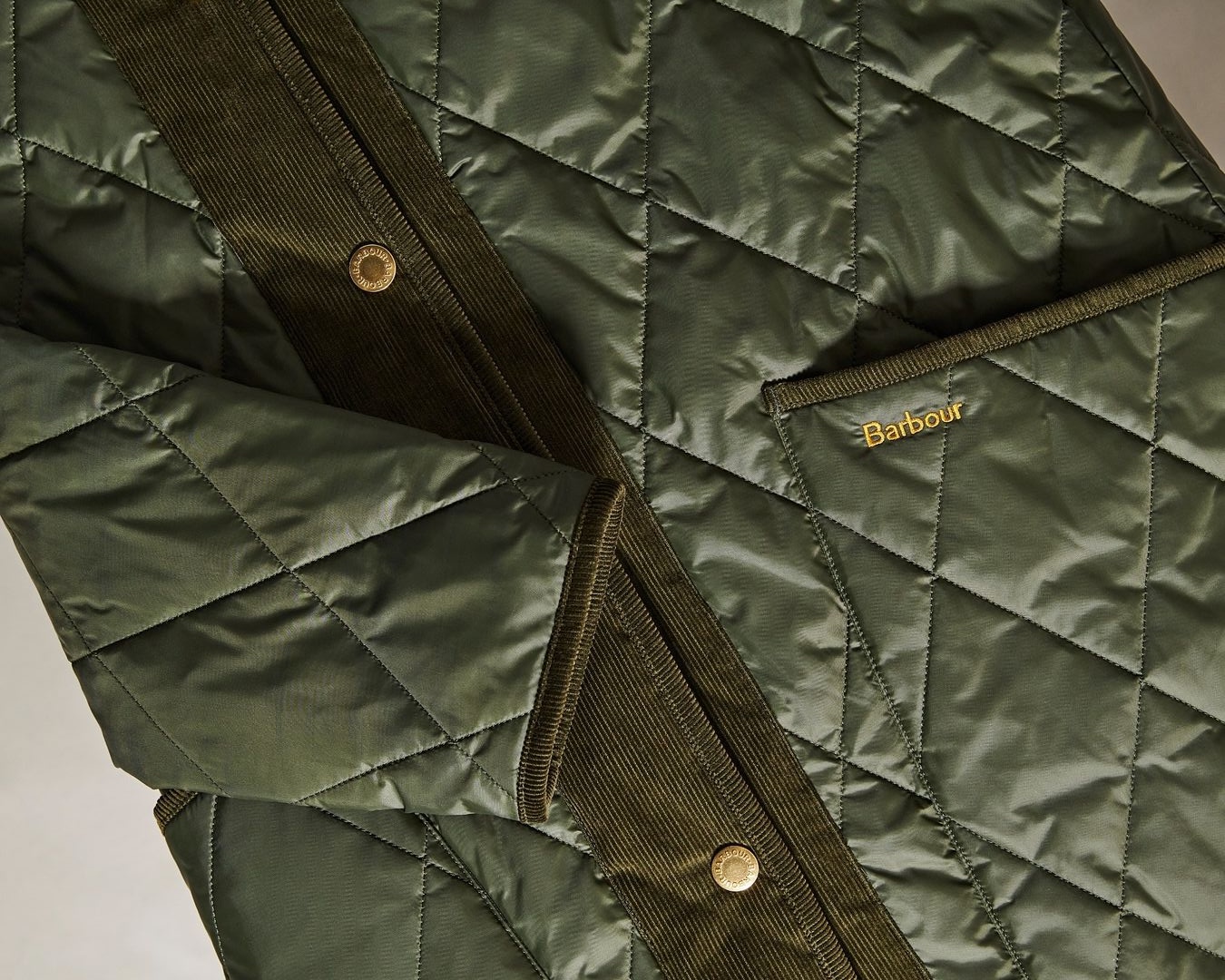
Barbour is also a real lifestyle around the brand. How do you create this environment around a brand?
You can't create the environment. Babour was born in a very specific part of England. In the north-east, the land is divided between countryside, seaside and riverside, just above Scotland. It's a brand that's integrated into its landscape, originally for fishermen, then hunters, then workers. The generations that have worn Barbour, what they have done, and what they have known how to do, is to maintain a link and a connection with the environment where the brand was born. Even if today the brand is obviously designed to be worn in the city too, we didn't have to create the original environment; it grew with the brand. Barbour has become an everyday tool. You can have a jacket for work and one for the countryside, that's the specificity of the garment. I think every brand has its own specificity, and Barbour has the specificity of having been created in a strong environment.
The Barbour legacy has marked generations. Is there a return to the importance of heritage brands?
Yes. Clearly. Every crisis, whether economic or ecological, pushes us towards either the lowest price or authenticity. Product history and value are very important today. You can't just have a story, and make products that aren't qualitative and sustainable over time. We're fortunate today in that we work with people who have a know-how that has been passed on to partner companies, and which ensures the durability of our products. In these times of crisis and budgetary restraint, our customers can relate to this. In terms of history, brand value and durability.
At Who's Next, you'll be presenting your new - and 8th - collaboration with Alexa Chung. How did it all begin?
Alexa Chung works with us as a stylist, designing a collection called The Epic By Alexa Chung. We've really gone from a collaborative capsule to a dedicated line on which she can express her creativity. It came about in an authentic, classic way. Alexa Chung is a big fan of Glastonbury, and has been wearing Barbour for years. Barbour was part of her childhood, as she explained in a film made to mark her first collaboration. It's a bit like her Madeleine de Proust.
In the 80s, Barbour was a strong symbol for women's fashion. How has the women's range evolved?
It was a strong symbol for women's fashion, especially in the 80s. Margaret Barbour had developed products that were as easy to wear by men as by women, mostly jackets. We're really into a complete wardrobe, the big difference being that at the time it was boyfriend, countryside and country. We play on the fact that people like Alexa Chung have given the brand a feminine touch. The big difference with the 80s is that we've gone from unisex and boyfriend models to a truly feminine wardrobe.

Why come to Who's Next with this news?
We're very satisfied with the development we've had in the men's segment. Who's Next is a key event in France for women's collections. We took our first steps in women's distribution 3 years ago, with great success at Le Bon Marché and Printemps. We're in the process of really developing our women's business with an independent network, and now it's time for us to expand into the women's network in parallel with what we're doing for men.
How are you preparing for the show?
There are a lot of things involved, obviously including setting up the stand, preparing the teams, the communication we'll be doing upstream and the news we'll be trying to promote around the show.

Founded by Camille Moncomble in 2018, the jewellery brand intrigues with its unique design. Meet an ultra-sensitive designer.
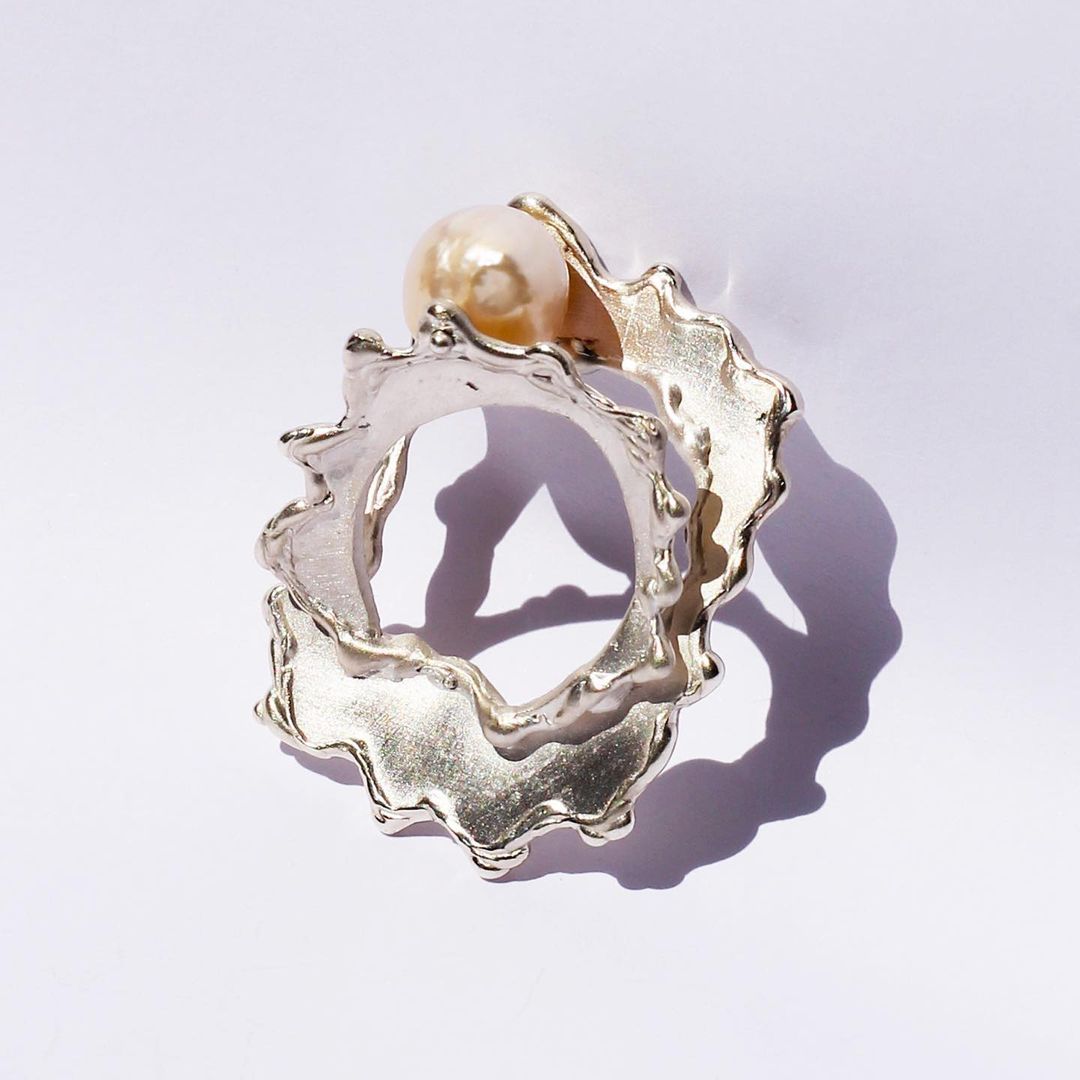
Italian designer Giulia Iosco first joined Bijorhca in January.
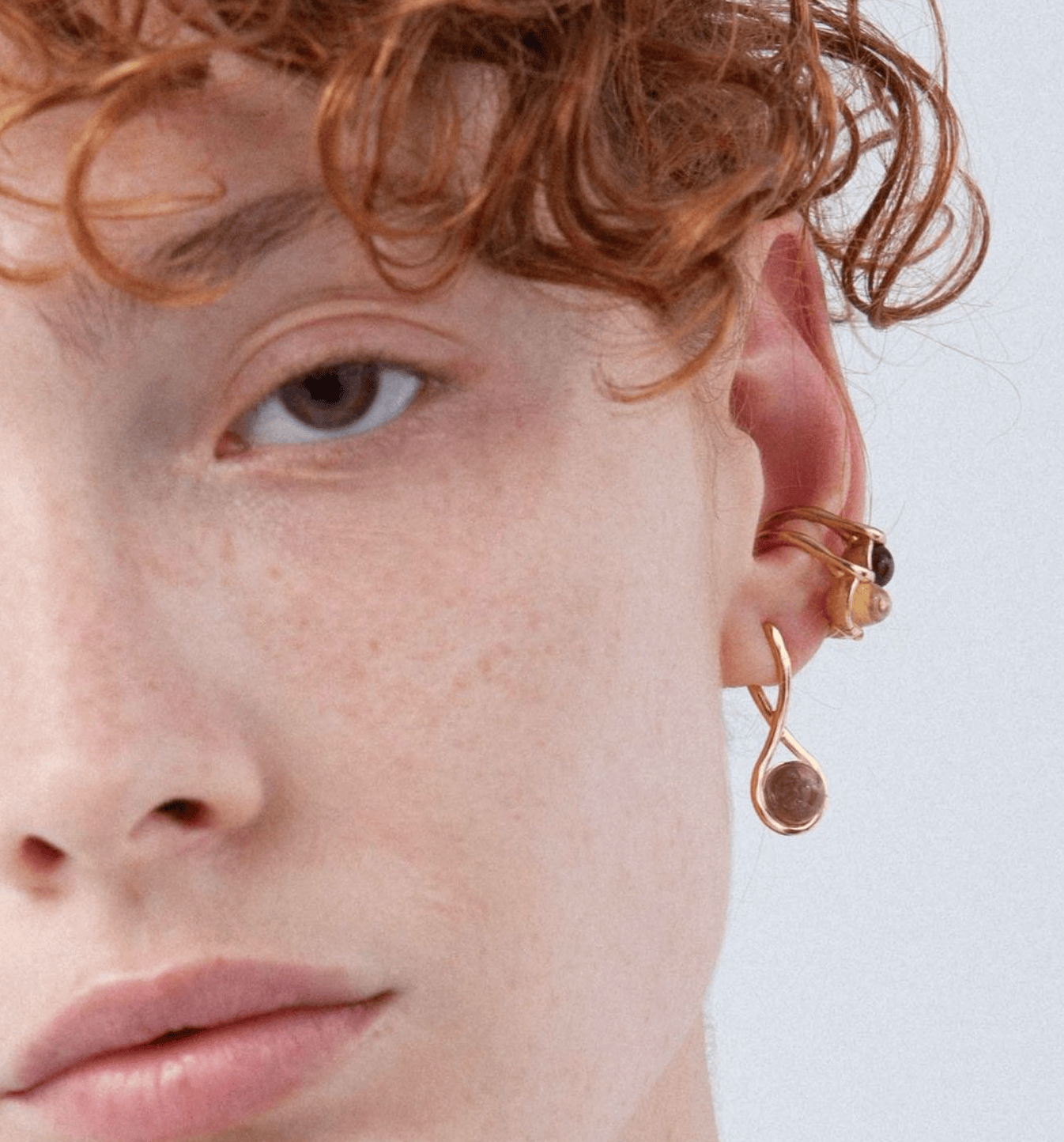
Premiere Classe will be in full swing from 1 to 4 March, with a rich and creative offering.
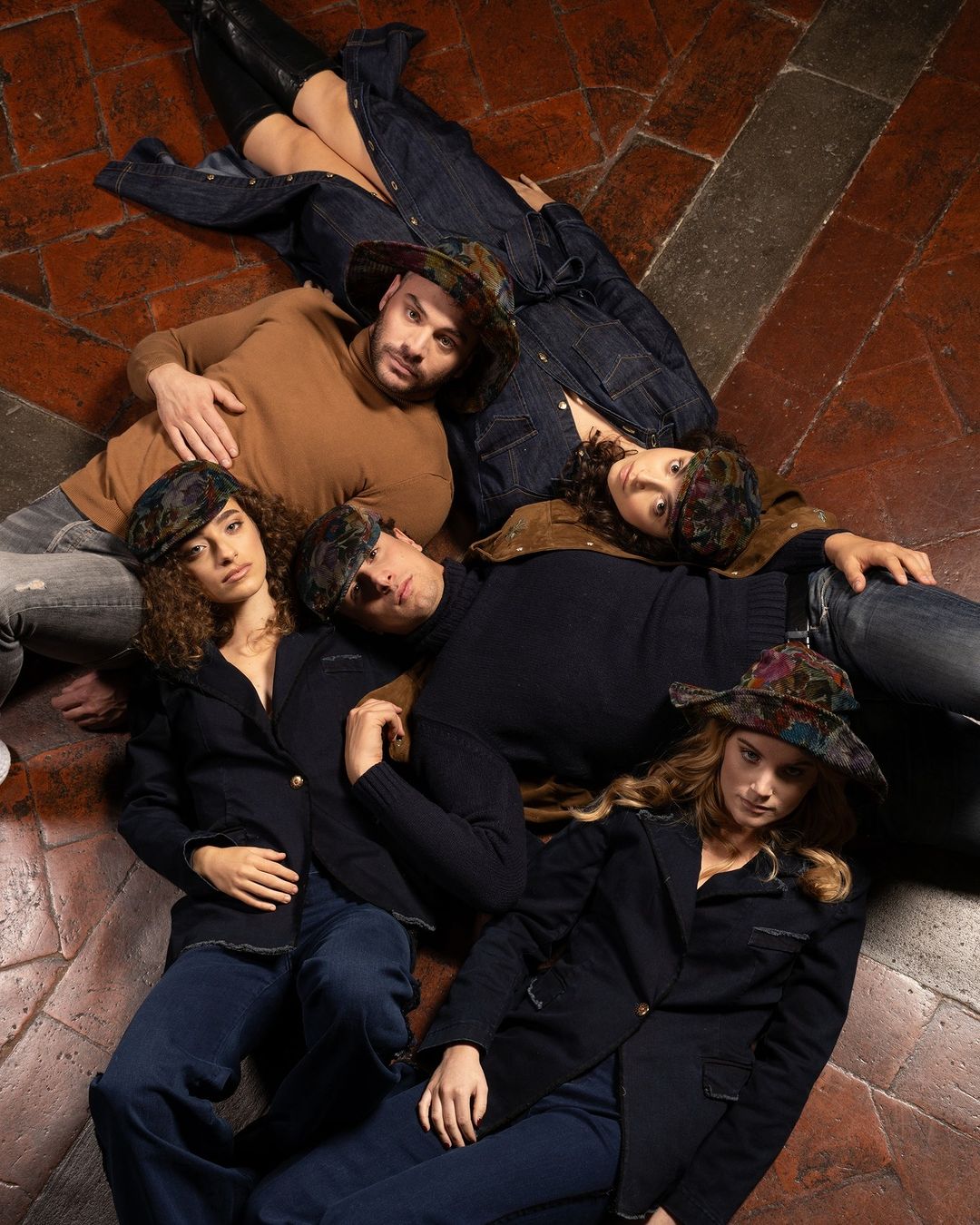
In 1989, Premiere Classe started out in Paris with the ambition of making a name for itself in the world of accessories. To celebrate this longevity, we asked 3 brands from the early days to share their memories with us.
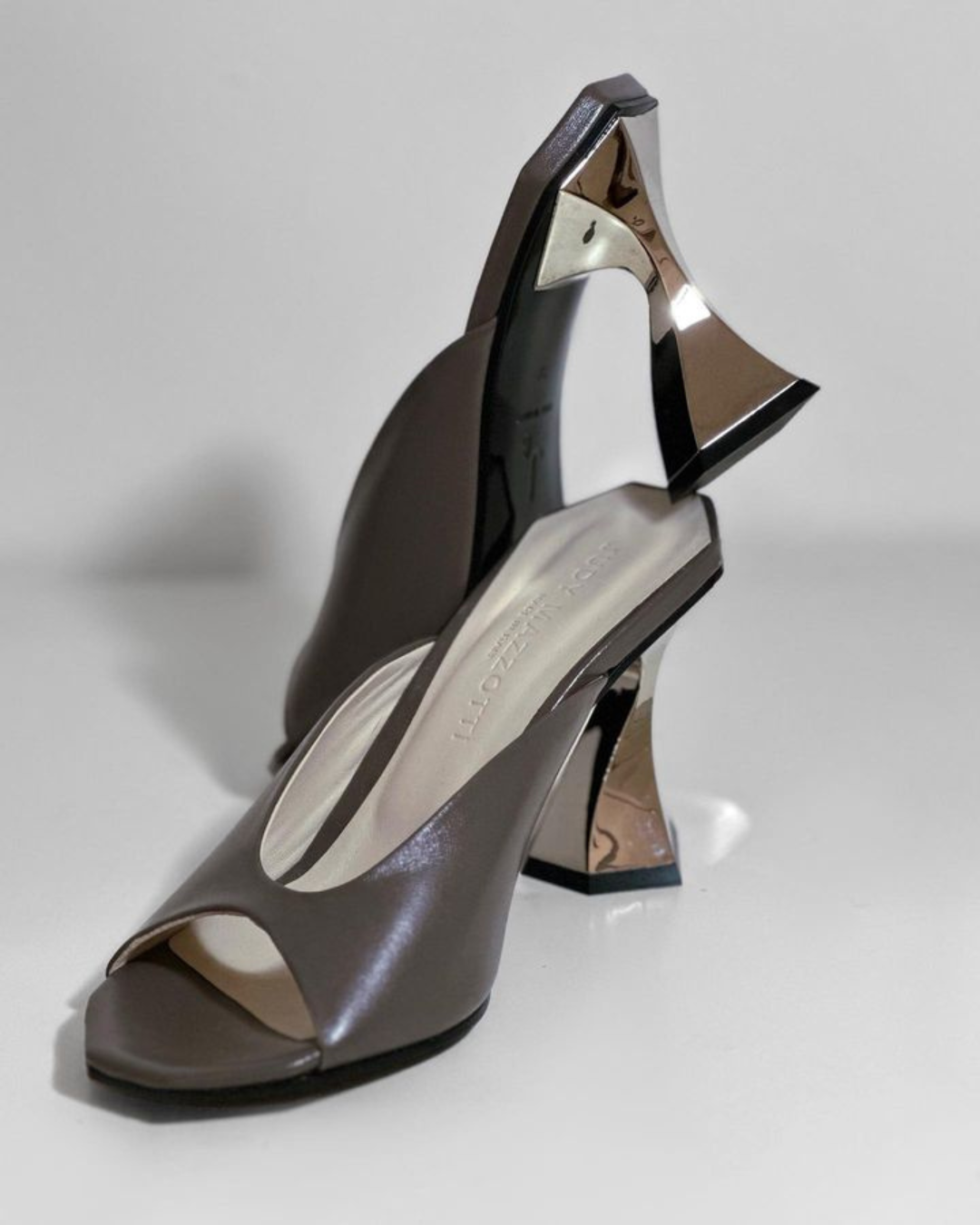
Founded in Rimini from the vision of the eponymous young Italian designer, Judy Mazzotti, Judy created her brand with a focus on the future and research and development centred on innovation and sustainability.
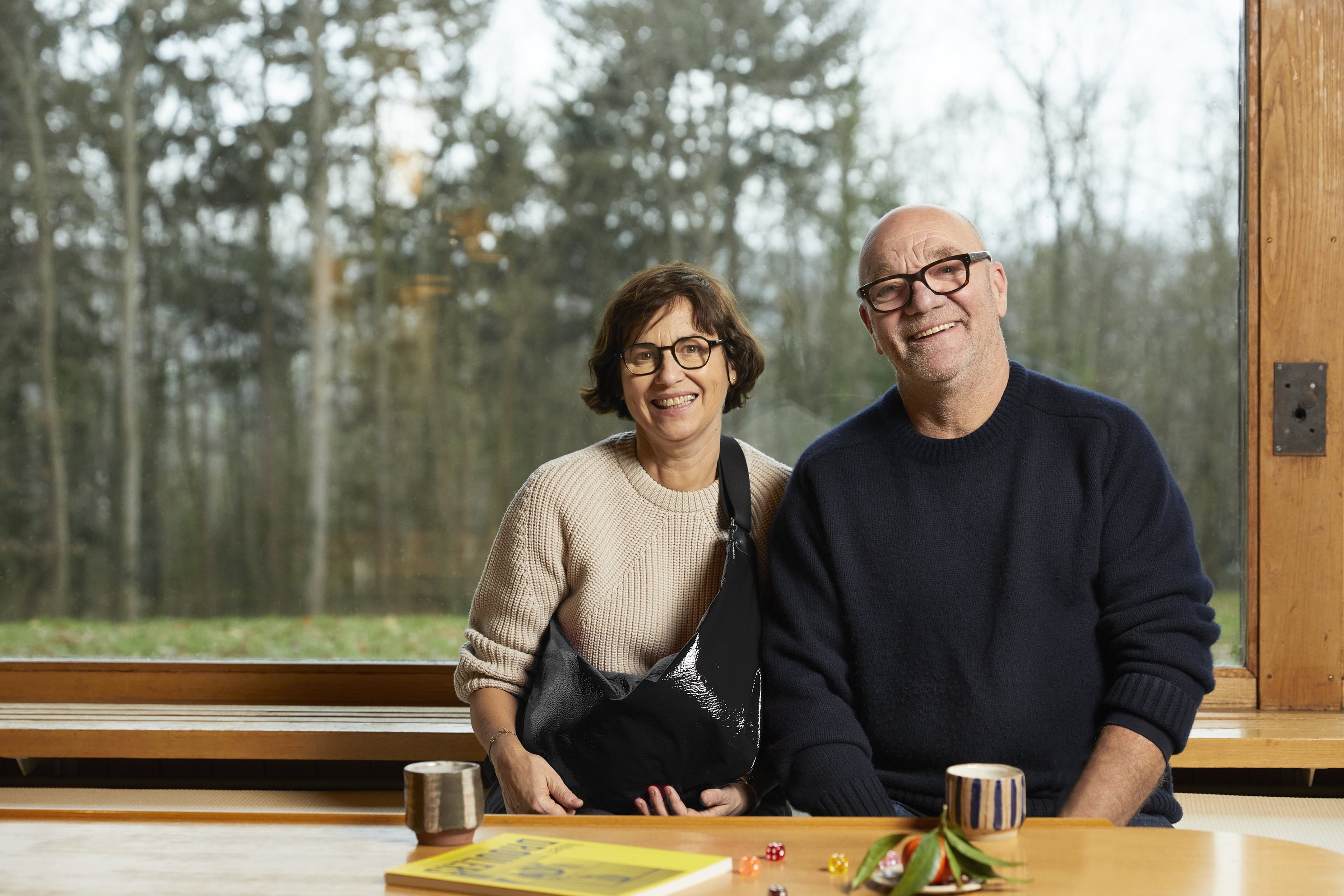
In 1989, Premiere Classe started out in Paris with the ambition of making a name for itself in the world of accessories. To celebrate this longevity, we asked 3 brands from the early days to share their memories with us.
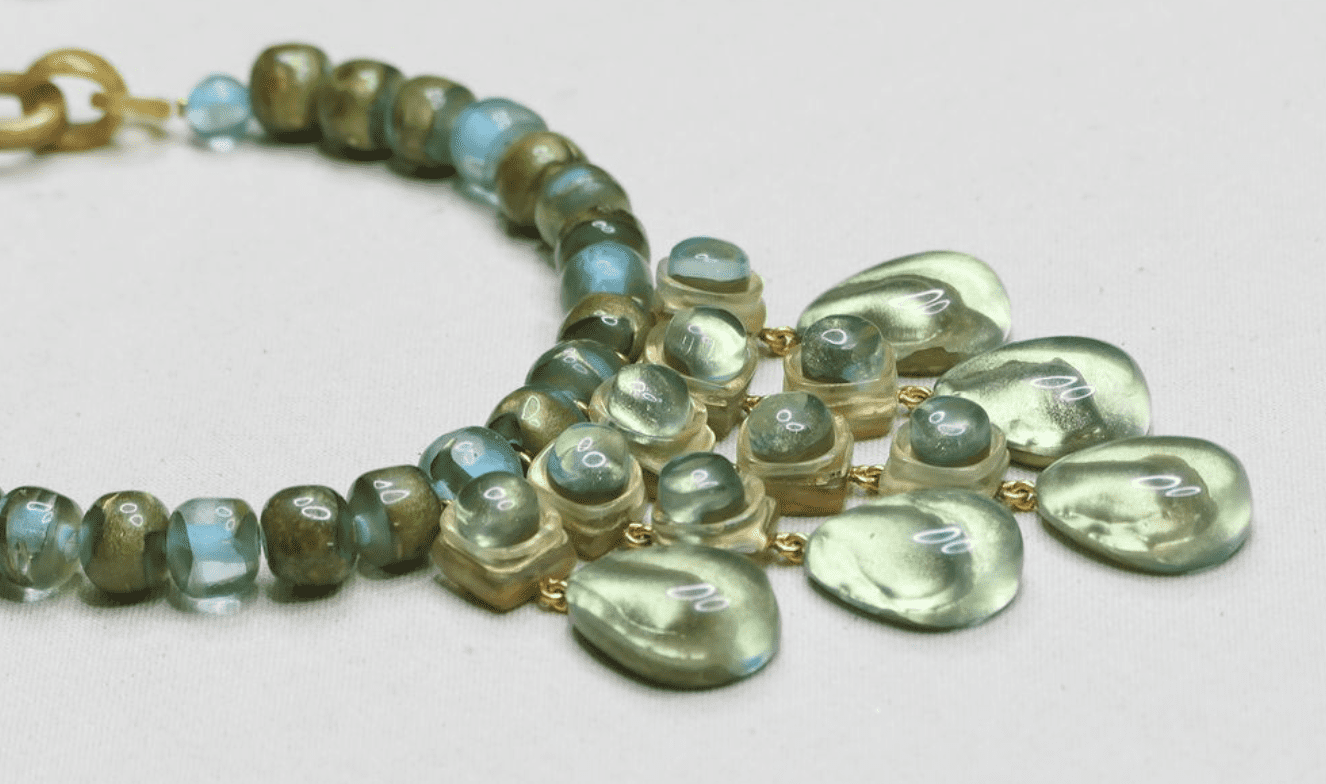
In 1989, Premiere Classe started out in Paris with the ambition of making its mark in the world of accessories. To celebrate its longevity, we asked 3 brands from the early days to share their memories with us.
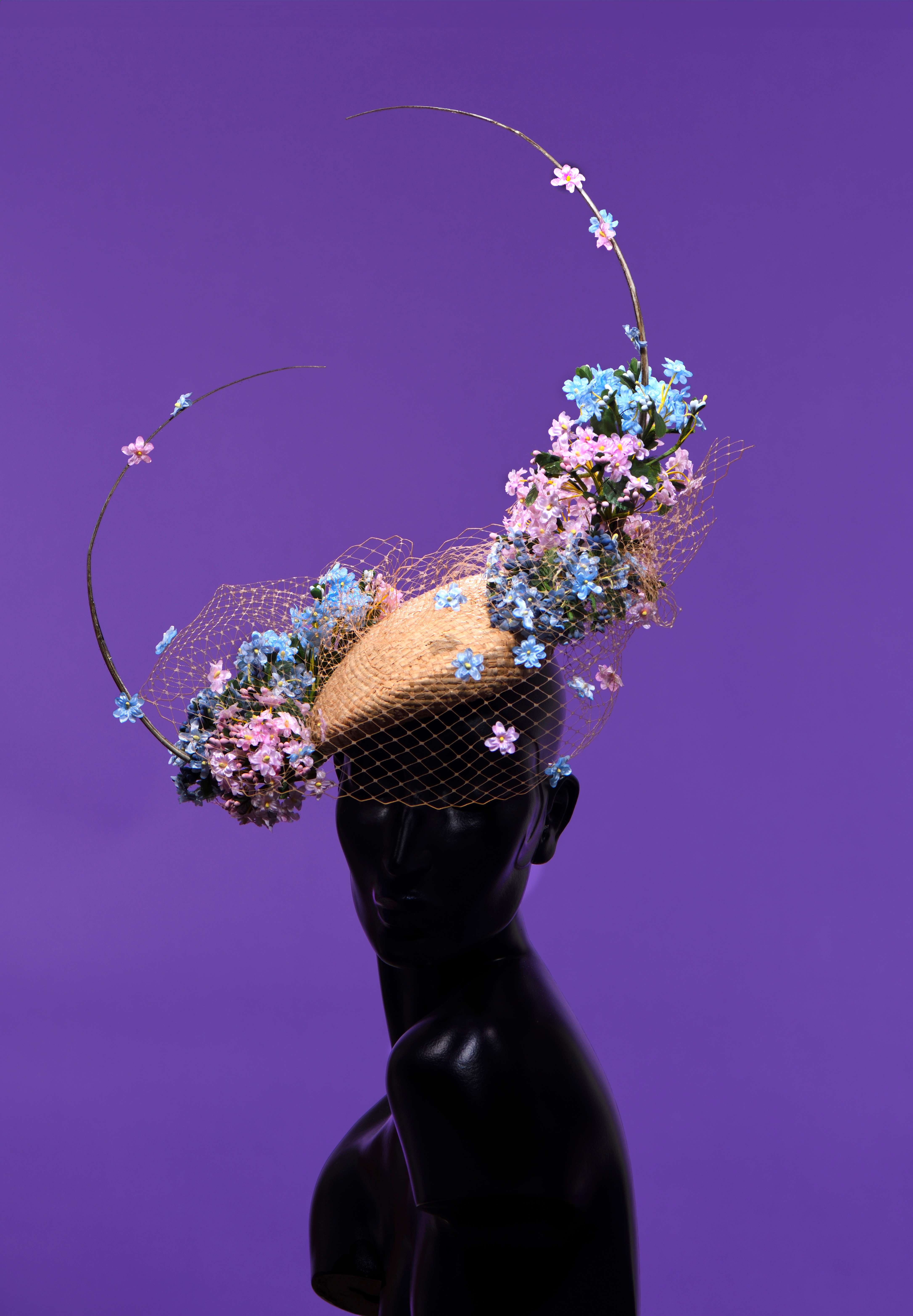
Stephen Jones, the British milliner’s one of the most respected in the fashion industry, will be returning to Premiere Classe from March 1 to 4, where he will present his Autumn Winter 2024 collection, A Muse à Paris.

Famous for its utilitarian jackets worn by British fashionistas, Barbour has made a name for itself in fashion since it was founded in 1894.